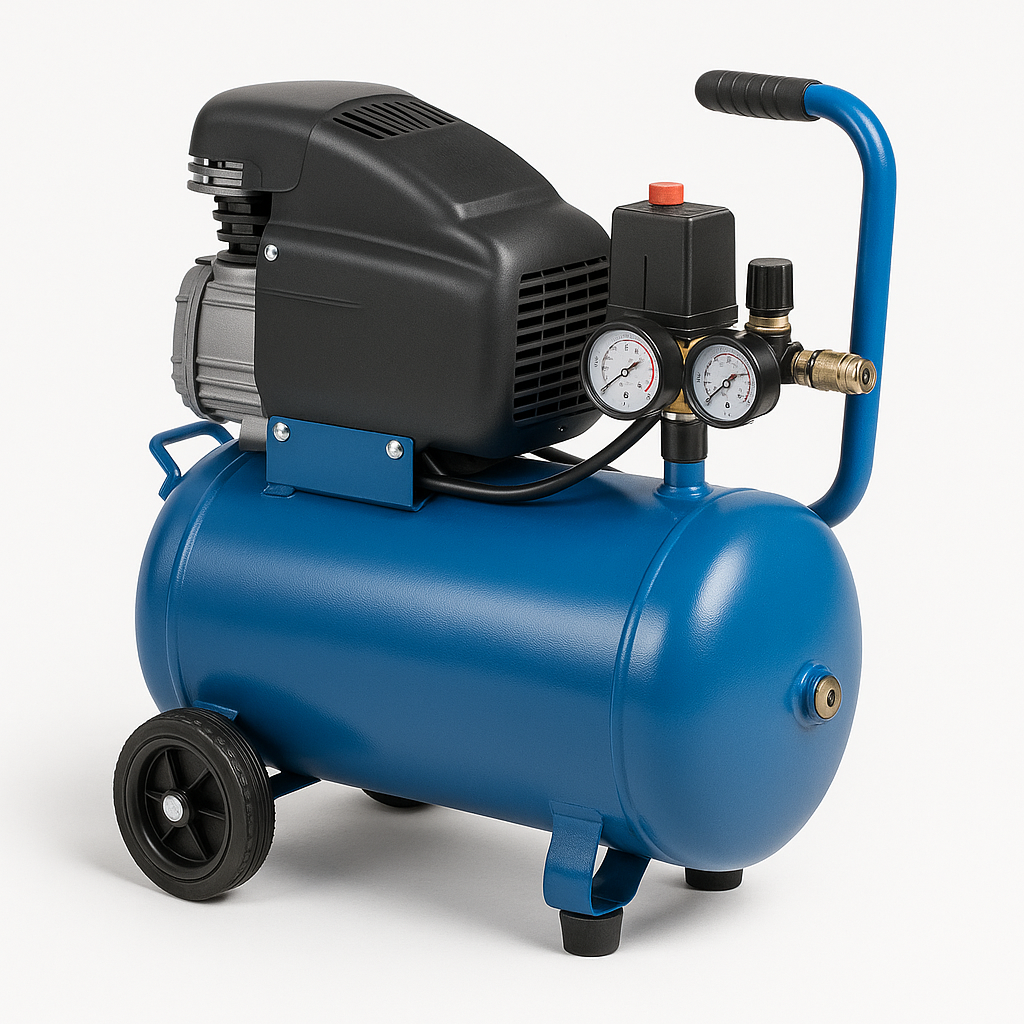A Provocative Remark About Metal Grinder

The Essential Guide to Metal Grinders: A Comprehensive Overview
Metal grinders are important tools for both novices and specialists in different fields, including metalworking, crafting, and even cooking. They allow users to grind, polish, and shape metal to achieve wanted surfaces or measurements. In this comprehensive guide, we will delve into the different types of metal mills, their applications, benefits, and upkeep suggestions, alongside often asked concerns to boost your understanding of this important tool.
What are Metal Grinders?
Metal grinders are mechanical gadgets designed to remove material from a workpiece through the usage of an abrasive wheel or belt. They can differ widely in design, size, and function but normally fall under two primary categories: bench mills and angle grinders.
Kinds Of Metal Grinders
Here's an extensive look at the different kinds of metal mills typically utilized:
| Type | Description | Common Uses |
|---|---|---|
| Bench Grinder | A stationary tool with 2 wheels embeded in a horizontal frame. | Sharpening tools, forming metal. |
| Angle Grinder | A portable tool that can turn abrasive discs at high speeds. | Cutting, grinding, and polishing metal. |
| Pass away Grinder | A little, handheld tool used for accuracy work and tight spaces. | Inscription, polishing, or grinding information. |
| Belt Grinder | Equipped with a continuous loop of abrasive material for bigger surface areas. | Smoothing rough metal surfaces. |
| Surface area Grinder | A maker that utilizes a rotating abrasive wheel to create a flat surface area. | Completing metal surfaces for high precision. |
Applications of Metal Grinders
Metal mills find applications across different markets. Here's a list of some typical uses:
- Metalworking: Essential for shaping and finishing metal parts.
- Automotive: Used for cutting, grinding, and polishing parts.
- Building: Helps in cutting through metal rebar or sheet metal.
- Fashion jewelry Making: Allows for precision grinding and polishing of elaborate designs.
- Repair work and Maintenance: Useful for deburring and sharpening tools.
Advantages of Using Metal Grinders
Making use of metal grinders provides various benefits:
- Precision: Metal mills offer the ability to work with elaborate details, guaranteeing accurate results.
- Effectiveness: They significantly decrease the time it takes to shape or complete metal compared to manual tools.
- Flexibility: Different kinds of mills can handle numerous tasks, from cutting to polishing.
- Affordable: They can conserve costs in the long run by improving the sturdiness of tools and elements through proper maintenance.
Picking the Right Metal Grinder
Choosing the suitable grinder depends upon a number of aspects:
- Type of Material: Determine the type of metal you will be dealing with.
- Task Requirements: Consider whether you need accuracy work or heavy product elimination.
- Frequency of Use: If the grinder will be used daily, invest in a robust design.
- Budget: Prices can range from economical portable options to high-end devices.
Popular Models and Their Features
Below are some popular metal grinder models with their essential functions:
| Model | Type | Key Features | Price Range |
|---|---|---|---|
| DeWalt DWE402 | Angle Grinder | 11,000 RPM, 4.5-inch wheel, durable design. | ₤ 99 - ₤ 129 |
| Jet JBG-8A | Bench Grinder | 8-inch wheels, integrated LED lights. | ₤ 400 - ₤ 600 |
| Makita GD0601 | Pass away Grinder | Ergonomic style, 25,000 RPM. | ₤ 90 - ₤ 120 |
| Grizzly G1015 | Belt Grinder | Adjustable speed, flexible work surface areas. | ₤ 400 - ₤ 700 |
| Palmgren 82081 | Surface area Grinder | Magnetic chuck, exact grinding abilities. | ₤ 2,000 - ₤ 4,000 |
Upkeep and Care for Metal Grinders
Appropriate maintenance is vital for making sure the durability and performance of metal grinders. Here are important ideas to remember:
- Regular Cleaning: Keep the grinder and its components clean to avoid buildup.
- Examine Grinding Wheels: Regularly look for fractures or use; replace as needed.
- Lubrication: Apply lubricant to moving parts periodically.
- Safety Checks: Ensure guards and safety features are in good condition.
- Storage: Store grinders in a dry, cool place to prevent rust and damage.
Often Asked Questions (FAQ)
1. Can I utilize a metal grinder for woodworking?
While metal grinders are primarily designed for metalwork, they can be used for woodworking if you use the appropriate accessories. Care is required, as using the wrong tool could cause mishaps or damage.
2. How do I pick the right abrasive wheel?
Picking the right abrasive wheel depends on the metal type and the desired finish. Generally, utilize Akku Schlagschrauber Angebot for heavy material elimination and a finer wheel for polishing and finishing.
3. What safety equipment should I use while running a metal grinder?
Always use individual protective devices (PPE), consisting of safety goggles, gloves, and hearing security. A dust mask is also suggested for securing versus great metal particles.
4. Are metal mills simple to run?
While the basics of running a metal grinder are simple, proper method and precaution need to be complied with. It's advisable to check out the maker's standards and undergo training if needed.
5. How frequently should I change the grinding wheel?
The grinding wheel needs to be changed when it shows noticeable wear or if it becomes broken. Frequently inspecting your wheels can assist guarantee optimum efficiency and safety.
In conclusion, metal mills are flexible tools that play an important function in a wide variety of applications throughout different markets. By comprehending the types of mills readily available, their applications, and upkeep practices, users can improve their proficiency and make sure the longevity of these important tools. Whether you are a DIY lover or a professional, choosing the ideal metal grinder customized to your requirements can considerably boost your metalworking jobs.

